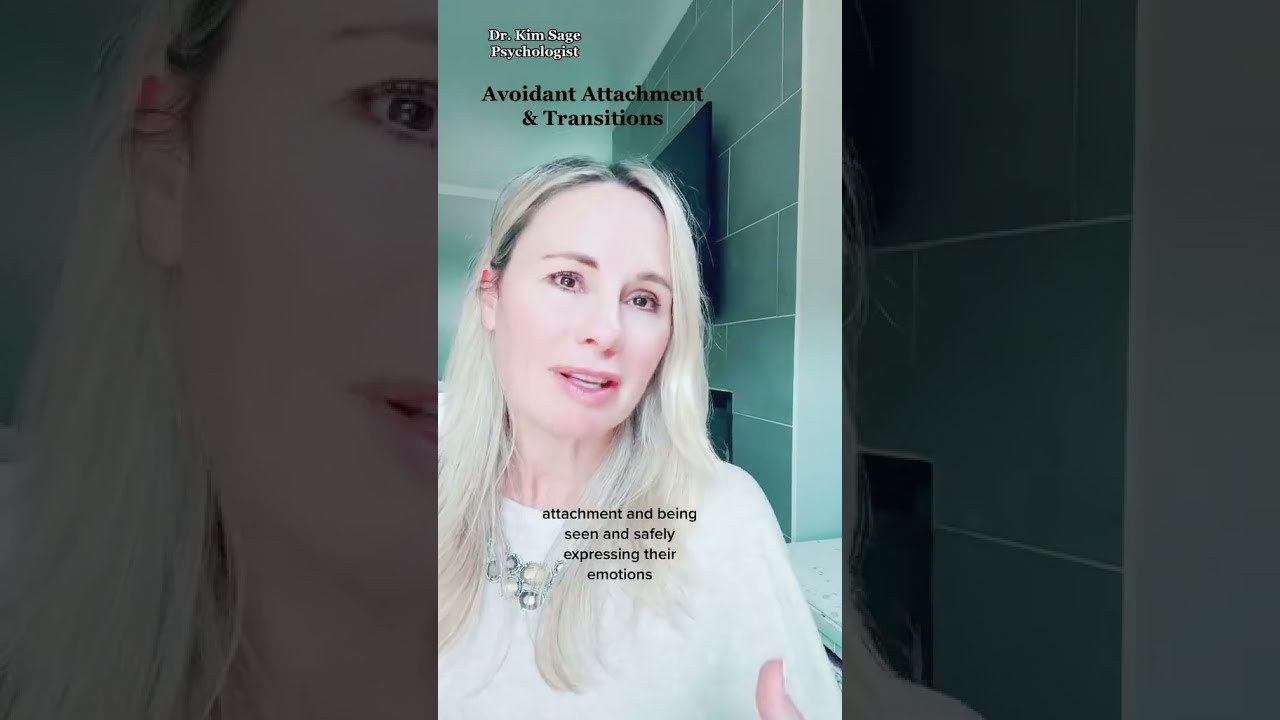
Fearful Avoidant Hot and Cold: Decoding Their Mixed Signals
Introduction
In the realm of relationships, understanding the dynamics between individuals can be a complex and challenging task. One particular attachment style that often leaves their partners confused and uncertain is the fearful avoidant. These individuals exhibit a hot and cold behavior, sending mixed signals that can leave their partners feeling frustrated and emotionally exhausted. In this article, we will delve into the world of fearful avoidants, decoding their mixed signals and shedding light on their unique attachment style.

Fearful Avoidant Hot and Cold: Decoding Their Mixed Signals
Fearful avoidants are characterized by an internal conflict between their desire for closeness and intimacy, and their fear of getting hurt or rejected. This internal struggle often manifests in their behavior, leading to a series of mixed signals that can be confusing for their partners.
The Push-Pull Dynamic
One of the key aspects of a fearful avoidant's mixed signals is the push-pull dynamic they exhibit. At times, they may crave closeness and intimacy, seeking connection with their partner. However, as soon as things start to feel too intense or vulnerable, they may withdraw and create distance. This constant back-and-forth can leave their partners feeling uncertain about the status of the relationship.
Signs an Avoidant is Done with You
It can be difficult to determine whether a fearful avoidant is genuinely done with a relationship or if it's just another manifestation of their mixed signals. However, there are some signs that may indicate they are truly ready to move on. These signs include:

Dismissive Avoidant Saying "I Love You"
When a dismissive avoidant says "I love you," it can be a confusing experience for their partner. While these words may sound promising, it's important to understand the context and underlying meaning behind them. Dismissive avoidants often struggle with emotional intimacy and may use these words as a way to maintain a sense of control or keep their partner at arm's length.
Fearful Avoidant Breakup Stages
The breakup process with a fearful avoidant can be quite different from that of other attachment styles. Fearful avoidants often experience a range of conflicting emotions during this time, leading to distinct stages in the breakup process. These stages include:
How to Make Anxious-Avoidant Relationship Work
Navigating an anxious-avoidant relationship can be challenging, but with effort and understanding, it is possible to create a healthy and fulfilling partnership. Here are some strategies for making an anxious-avoidant relationship work:
Open Communication
Clear and open communication is key in any relationship, but especially in an anxious-avoidant dynamic. Both partners should feel comfortable expressing their needs, fears, and boundaries without fear of judgment or rejection.
Understanding Attachment Styles
Both partners should take the time to understand their own attachment styles as well as their partner's. This knowledge can help foster empathy and compassion, allowing for a deeper understanding of each other's behaviors and needs.
Establishing Boundaries
Setting clear boundaries is crucial in an anxious-avoidant relationship. Both partners should communicate their needs and expectations, ensuring that they are on the same page regarding personal space, alone time, and emotional availability.
Seeking Therapy
Therapy can be incredibly beneficial for couples navigating an anxious-avoidant relationship. A skilled therapist can provide guidance, tools, and techniques to help both partners better understand themselves and each other.
Building Trust
Trust is the foundation of any successful relationship. For an anxious-avoidant couple, building trust may require patience, consistency, and a willingness to work through past hurts or insecurities.

Two Avoidants in a Relationship
When two avoidants enter into a relationship, it can be a unique experience characterized by emotional distance and a strong desire for independence. While this dynamic may seem challenging to some, for others it can offer a sense of freedom and understanding. However, it is important to acknowledge that two avoidants in a relationship may struggle with vulnerability and emotional intimacy.
Do Avoidants Stalk Social Media?
While individuals with an avoidant attachment style tend to value their independence and personal space, it doesn't mean they won't occasionally check up on their ex-partners or current love interests on social media. However, this behavior is not exclusive to avoidants and can vary greatly depending on the individual's personality traits and level of attachment avoidance.
Conclusion
Understanding fearful avoidants and decoding their mixed signals can be a complex endeavor. Their internal conflict between the desire for closeness and the fear of getting hurt often leads to hot and cold behavior that can leave their partners feeling confused and dismissive avoidant attachment style emotionally exhausted. By gaining insight into their attachment style and employing effective communication strategies, it is possible to navigate relationships with fearful avoidants in a healthier and more fulfilling manner.